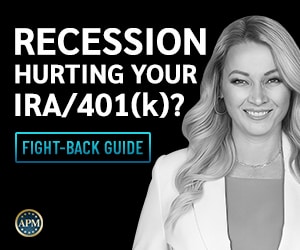Inventory Turnover Ratio
All retailers purchase and keep inventory which they sell to their customers. When a customer will make payment, the business will hand over the item to the customer for offline sales or ship the item to the customer for online sales. Businesses have to invest their money in purchasing inventory for their business so that they can supply their customers the products they require. One of the important challenges of running a business is predicting the items which are in demand, which the customers are interested in purchasing. Hence inventory management is a major task for the retail business
Definition
The Inventory Turnover Ratio (ITR) is a formula which is used to measure how effective the company is in converting the inventory of the business into sales. The retailer will incur expenses if they have a large inventory of products, and are unable to sell them quickly. The business will incur costs in storing the inventory which is not sold, and some of the items may also get damaged. Hence the business should measure the ITR periodically. If the ITR is lower than the industry norms, the business should consider lowering the inventory by increasing sales, reducing purchase of inventory
Formula
Inventory turnover is calculated as :
The Formula for ITR = Cost of Sales / Inventory.
The denominator in the formula is the inventory which is the average which is calculated over the period specified, which may be one month, three months or one year. The sales in the numerator are the average sales for the corresponding period, with the cost considered. If the ratio is being calculated for a period of one month, the corresponding sales and inventory figures for one month are considered. The ratio indicates how many times the business was able to sell its inventory over the period being considered, and a high ITR is preferred. It should be noted that considering the sales price of the items sold for calculation will not be accurate, since some businesses have high sales margin, and sell fewer items.
Inventory Turnover Ratio Calculator
Importance of ITR
The total turnover of the retailer depends on a number of factors. One of the most important factor is the stock which is purchased. If the business is purchasing a larger amount of inventory , it will also have to ensure that larger amounts of inventory are sold, to ensure that the turnover ratio improves or remains the same. If the business is unable to sell the additional inventory purchased, it will have to incur expenses for storing the inventory and other holding expenses like keeping the inventory in good condition, cleaning it.
The sales of the business are also affecting the ratio. Unless the sales are matching the increase in purchase of stock for inventory, the ratio will decrease for the business. Hence the sales and purchase department of the business must closely co-ordinate with each other to ensure that only items which can be easily sold are purchased. Items in the inventory which are not being sold for a long time should not be repurchased. The sales department can also initiate measures to sell the slow moving items. A high ITR indicates that the company is not wasting resources storing inventory which is not in demand.
Liquidity
The ITR is also closely monitored by investors who wish to find out how liquid the inventory of the company is. A retailer will report all the assets of the business in its balance sheet. The inventory of goods which are purchased for resale, is usually one of the largest assets for a business in terms of value. If this inventory cannot be sold easily, it is of limited value to the company. Items which cannot be resold are effectively of no value. The ratio indicates how easily a retail business can convert its inventory into cash sales, the control the company has on the merchandise it is selling.
Loans
Creditors are interested in finding the ITR for a business, because businesses are often offering their inventory as collateral for the loans which they take. Banks and other lenders would like to find out whether the inventory of the business can be easily sold, in case the business is unable to repay the loan. The ratio for inventory turnover varies greatly according to the industry. Garment retailers will have a higher ITR compared to designer car retailers.
























